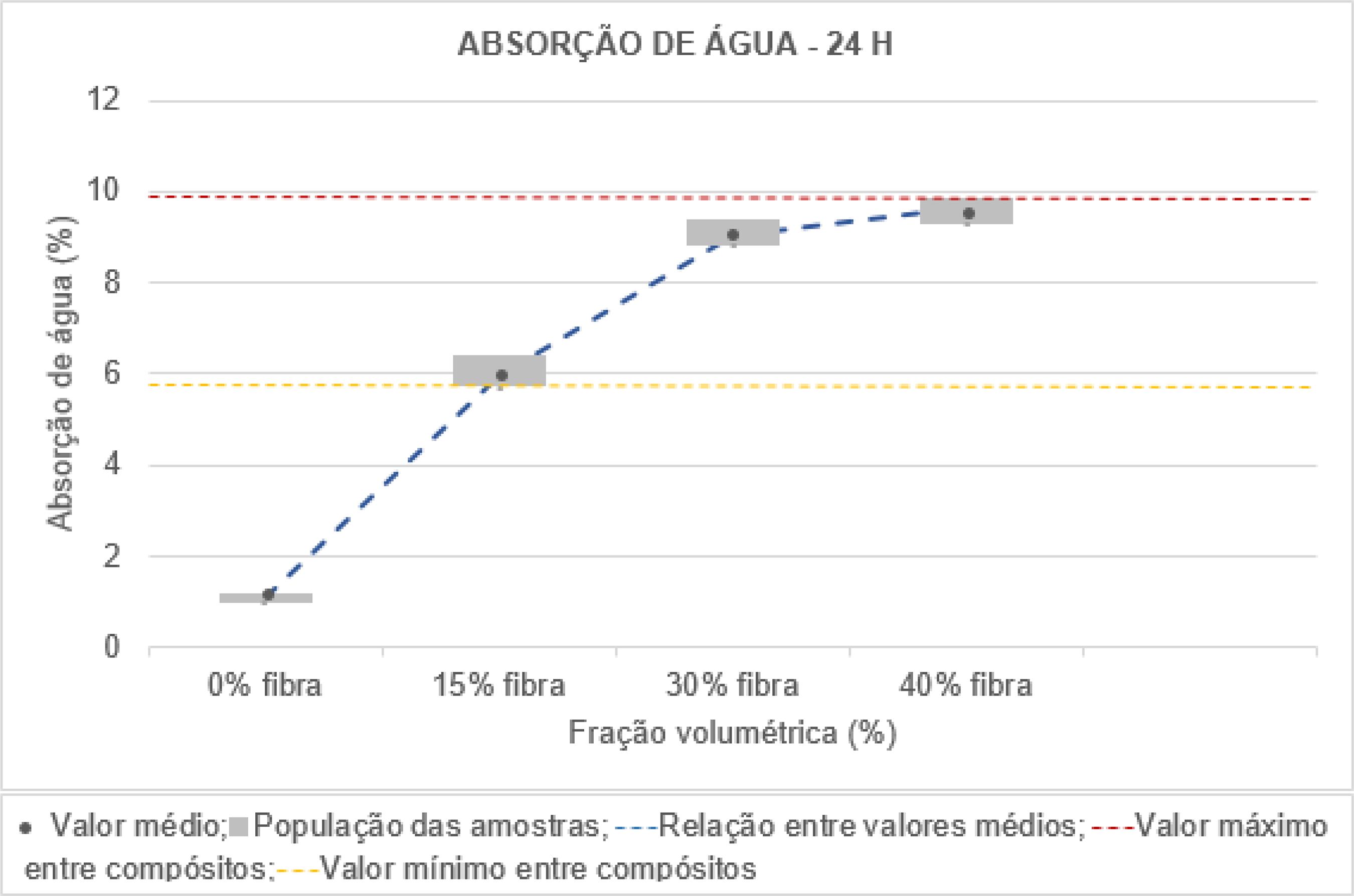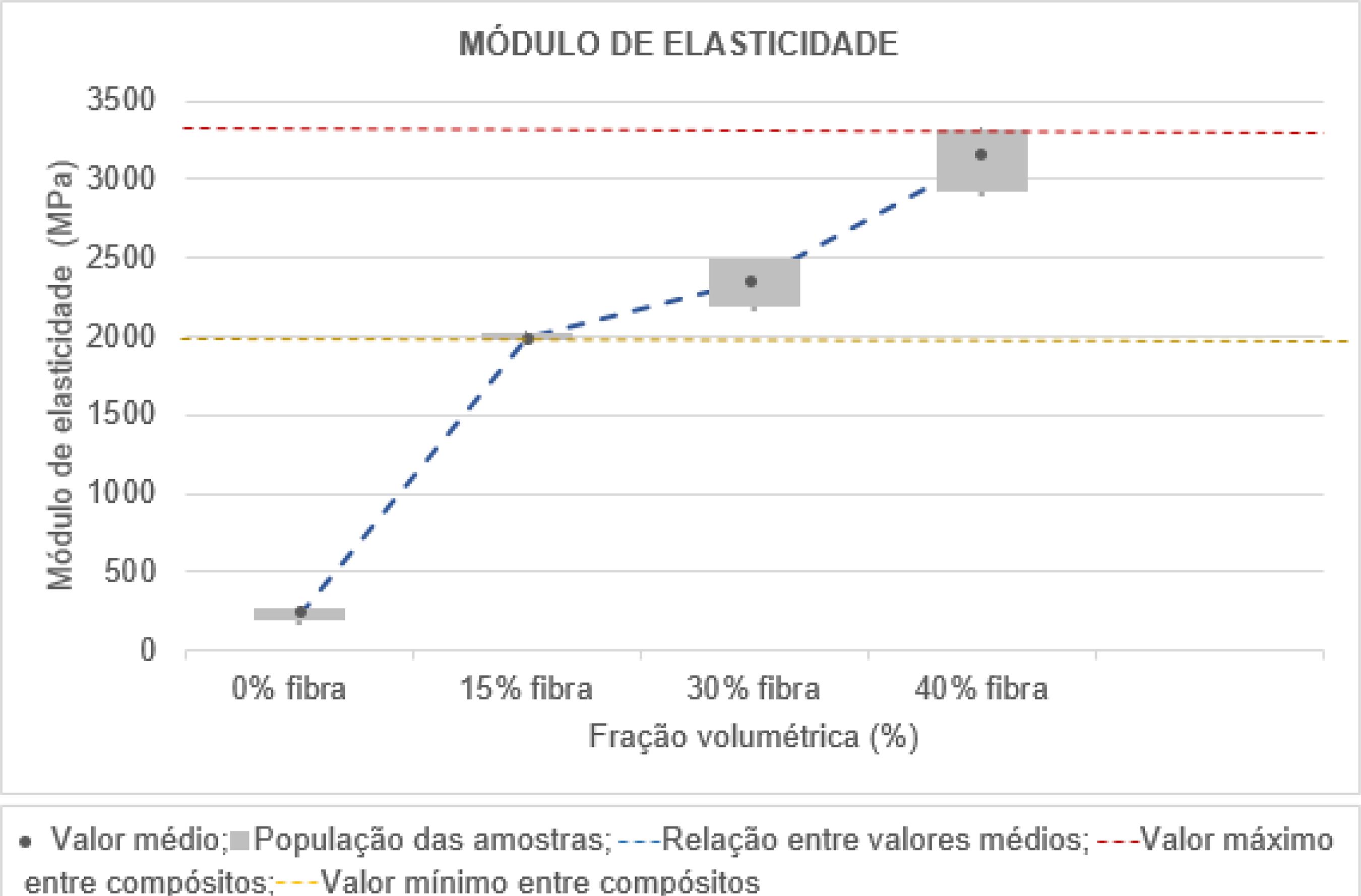Abstract
The sustainability of our planet’s natural resources has been a growing and pressing concern in the past few years. Architecture, as one of the industrial sectors responsible for great transformations in the built environment, is a means for the rational adoption of eco-friendly materials. This paper discusses a research project that employed an experimental procedure to produce composite materials using pineapple leaf fibre and vegetable resin. The article describes the experimental procedures adopted and the results of physical characterisation - specific gravity, moisture content and water absorption - and mechanical ones - flexural and tensile strengths, and tensile modulus of elasticity. The composite was developed with different fibre contents, used in the longitudinal direction. In order to recommend applications for the composites, a comparison was done with ANSI A208.1 (ANSI, 2016AMERICAN NATIONAL STANDARDS INSTITUTE. A208.1: mat-formed wood particleboard: specification. Gaithersburg, 2016.), and a computer simulation using parametric modelling with Rhinoceros 3D 5.12, Grasshopper 0.9.0076 and Karamba 3D 1.3.0. The experimental results produced a material with moisture content values between 610 kg/m3 and 760 kg/m3, and tensile strength between 56.27 MPa and 81.58 MPa, classifying of the material as a particle board. The parametric modelling reinforces the applications of the product in the built environment.
Keywords:
Built environment; Vegetal fibre; PALF; Composite panel; Alternative materials










